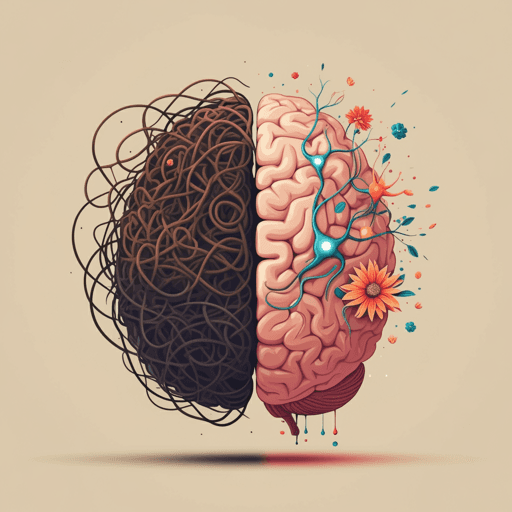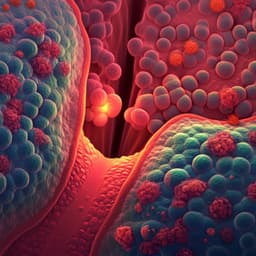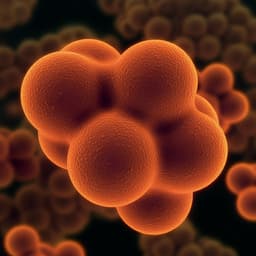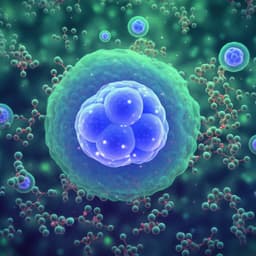
Medicine and Health
Psychedelic-Induced Neural Plasticity: A Comprehensive Review and a Discussion of Clinical Implications
F. Weiss, A. Magnesa, et al.
Psychedelics are increasingly recognized as promising treatments, yet debate remains over indications and risks. This comprehensive review (searching MEDLINE/PubMed and Web of Science to 26 June 2024) screened 903 records and included 70 studies, finding consistent preclinical evidence that classic psychedelics induce neuroplasticity and clinical findings that inferentially align—while highlighting unsettled questions about separating neuroplastic benefits from psychodysleptic effects and clarifying indications. This research was conducted by Authors present in <Authors> tag.
~3 min • Beginner • English
Related Publications
Explore these studies to deepen your understanding of the subject.







